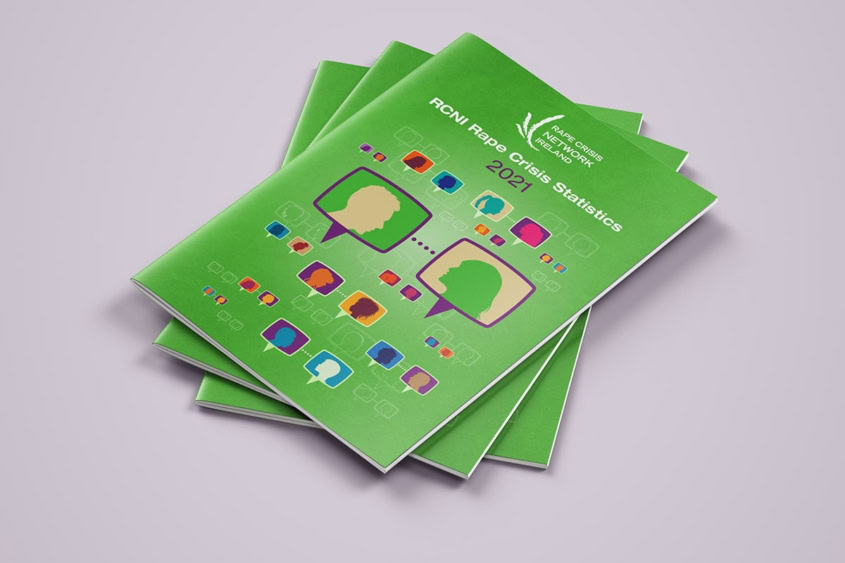Patterns of contact change but patterns of abuse stay the same
Rape Crisis Network Ireland Launches Rape Crisis Statistics 2021 Report
Patterns of contact with rape crisis services are changing but patterns of abuse stay the same is the message of Rape Crisis Network Ireland’s Rape Crisis Statistics 2021 report.
This year’s report examines data gleaned over three years – 2019, 2020 and 2021 – to track the story of how survivors and services negotiated the upheaval of the Covid pandemic. The report, comprised of findings from seven RCCs around the country, reveals that while 2020 saw a massive surge in contacts to RCCs from those seeking support, numbers in 2021 did not return to pre-pandemic levels. However, patterns of contact did change with a 27% increase in length of time spent on calls to Helplines and an 18% increase in appointments for counselling and support fulfilled
Figures in brief
In 2021
- 11,414 helpline contacts were made
- 1,341 people took up counselling and support
- 14,280 appointments for counselling and support were fulfilled
- 183 survivors were accompanied to Sexual Assault Trauma Units (SATU), court and garda appointments
While numbers of people seeking support after sexual violence continue to increase year-on-year, patterns of abuse remain the same.
- Sexual violence is a gendered crime which is predominantly perpetrated by boys/ men (making up 97% of perpetrators) against girls/women (92% of survivors).
- 9% of survivors were under the age of 18
- 83% of perpetrators were over the age of 18
- Vulnerability to sexual violence is greatest for both girls and boys when they are in childhood
- Boys’ vulnerability to sexual violence decreases significantly as they grow into adulthood whereas vulnerability to sexual violence decreases as they grow into adulthood, but not as significantly as boys’
- Children subjected to sexual violence which began when they were under the age of 13 were most likely to be sexually assaulted (67%), whereas children subjected to the sexual violence which began when they were aged 13 to 17 were most likely to be raped (62%).
- Survivors of sexual violence in adulthood were more likely to be raped (75%).
- Children who were abused when under the age of 13 most commonly disclose that the sexual violence was perpetrated over a number of years
- 54% of survivors disclosed that they had been subjected to additional forms of violence occurring at the same time as the sexual violence
Says Elaine Mears, RCNI Data and Privacy Manager
‘Throughout Covid-19 a key piece of learning was how vital RCC Helpline services are and what a lifeline they are for people. This data confirms that. We know how hard that first contact can be which is why we must pay close attention to what works for survivors. The figures reveal that the majority of survivors access through self-referral (53%) and the majority seek out their local services directly. The Rape Crisis Centre model is to centre the survivor in how we shape our services. We do this because it works. It follows that national and international practice should reflect this standard also.
‘It is also clear that the Centre is an important point of expertise and knowledge for professionals in the region who together provide the holistic set of responses to survivors. Rape Crisis Helplines at local level are currently not funded. We believe survivors patterns of access demand that we support and fund this local access and support.’
Says RCNI Executive Director Dr Clíona Saidléar
‘The Minister of Justice, Helen McEntee’s ambitious Zero Tolerance National Strategy sets goals for professionals and agencies across society and government to engage and upskill in a concerted effort to end sexual violence.
‘Every community that is activated to end sexual violence places additional demand on the expertise and support of specialist sexual violence services such as Rape Crisis Centres and the RCNI. We welcome that demand and the opportunity to create change. And that increased demand is evidenced here. We would also suggest that what we are seeing here is the success of the growing whole of community response. These vital supports must be state-funded to ensure both the success of the strategy and nationwide and equitable access to services.’
The report is available to download here.
